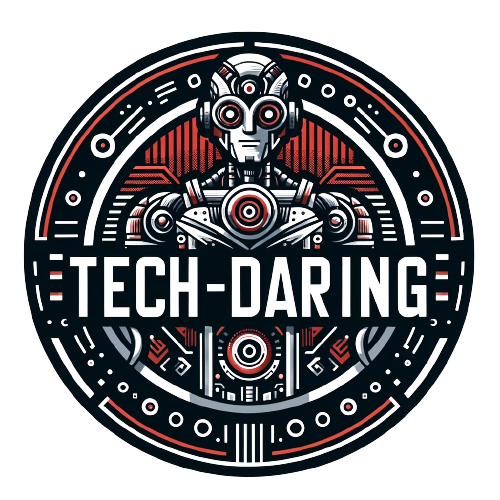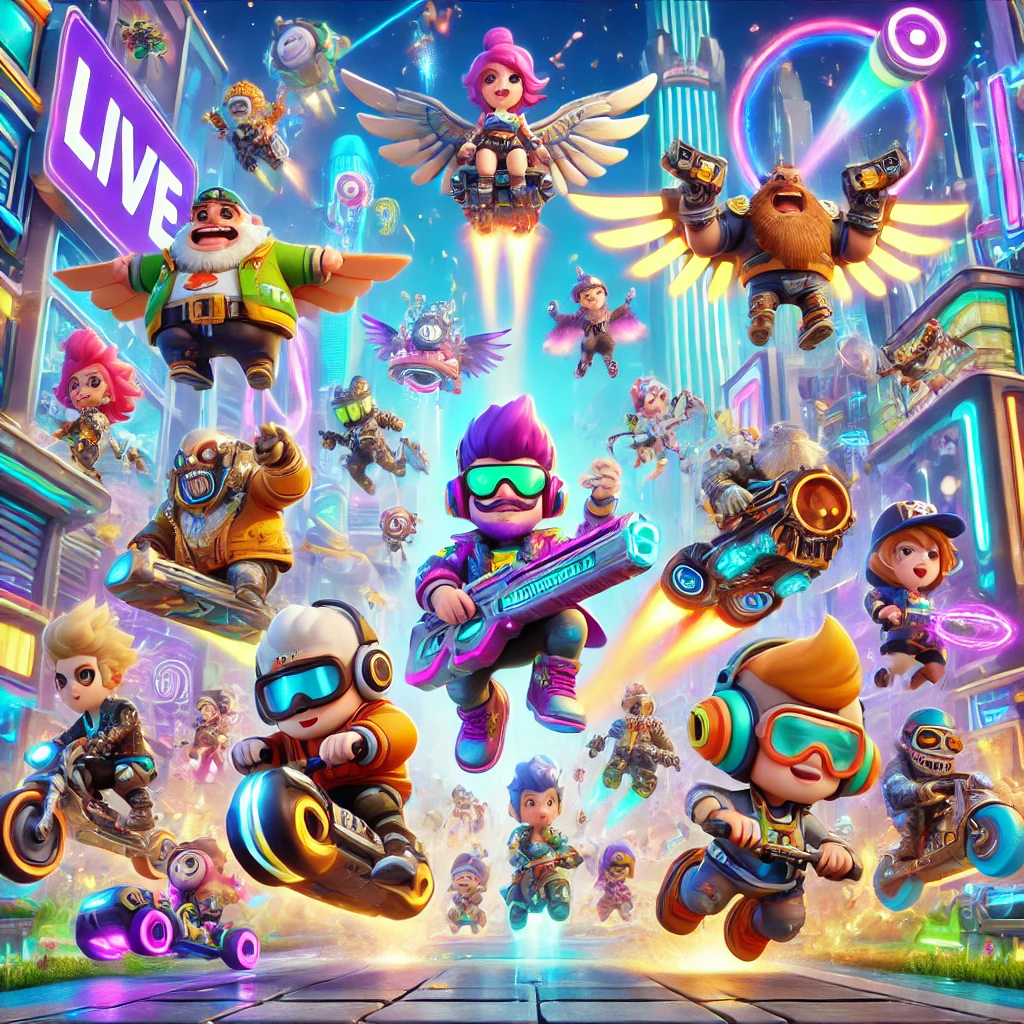Table of Contents Show
In today’s fast-paced world the thirst for knowledge remains ever strong. This unending quest for information has given rise to e-libraries which have fundamentally redefined how we acquire knowledge. Zlib is the perfect solution for students and lifelong learners seeking readily available resources. By seamlessly integrating Open Educational Resources (OERs) e-libraries provide a dynamic pathway to education.
A New Age in Learning
E-libraries offer a treasure trove of knowledge for anyone with an internet connection. Gone are the days when one had to visit a physical library to access books or journals. With an e-library users can browse through extensive collections without stepping out of their homes. E-libraries provide students and professionals with easy and timely access to critical information. OERs, in particular, complement e-libraries by offering free learning materials accessible to all.
The Advantages of E-Libraries and OERs
First and foremost, e-libraries eliminate geographic barriers. With just a few clicks, users can access publications from institutions worldwide. For students especially, this means access to a vast array of textbooks, research papers, and reference materials.
Cost efficiency is another significant benefit. Traditional textbooks and journals can be expensive, posing a financial burden on students. By contrast, e-libraries often have substantial collections of free or low-cost resources, enhanced by OERs. Teachers and educators can also create and share open resources, allowing for more tailored and adaptable teaching aids.
Furthermore, e-libraries and OERs cater to different learning styles. Some people understand concepts better through videos, while others prefer reading text. E-libraries support diverse learning preferences by providing multiple formats such as e-books, audiobooks, and videos.
Types of E-Libraries and OERs
There are several types of e-libraries available today. Academic e-libraries are designed for students, educators, and researchers. These usually offer a collection of scholarly articles, textbooks, theses, and other educational materials. Public e-libraries, on the other hand, provide a more extensive range of genres and are accessible to the general public.
OERs come in various forms too. They include textbooks, lecture notes, quizzes, and interactive simulations. These resources are often published under open licenses that permit various degrees of free use. The collaborative potential of OERs enables educators from across the globe to contribute, enrich, and update materials continually.
Challenges and Considerations
While the advantages of e-libraries and OERs are plentiful, they are not without challenges. One significant issue is the digital divide—uneven access to technology and the internet. This situation can hinder those in underprivileged communities from benefitting fully.
Additionally, the legitimacy and accuracy of information can be a concern. Unlike traditional publications that undergo rigorous peer review, some materials in e-libraries and OERs might not meet high standards of credibility. Hence, users should be discerning and critical when selecting sources.
The union of e-libraries and Open Educational Resources ushers in a new era of learning and knowledge-sharing. While challenges exist the benefits and potential far outweigh them. By democratizing access to high-quality educational materials these digital platforms hold promise for a more educated and informed society.






